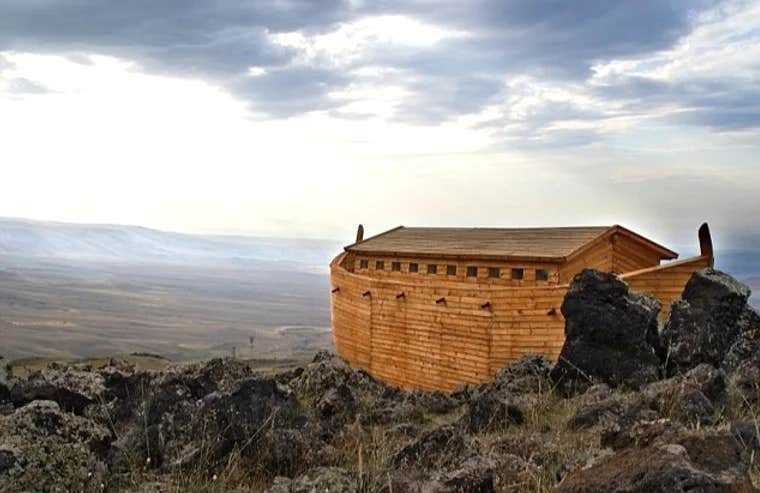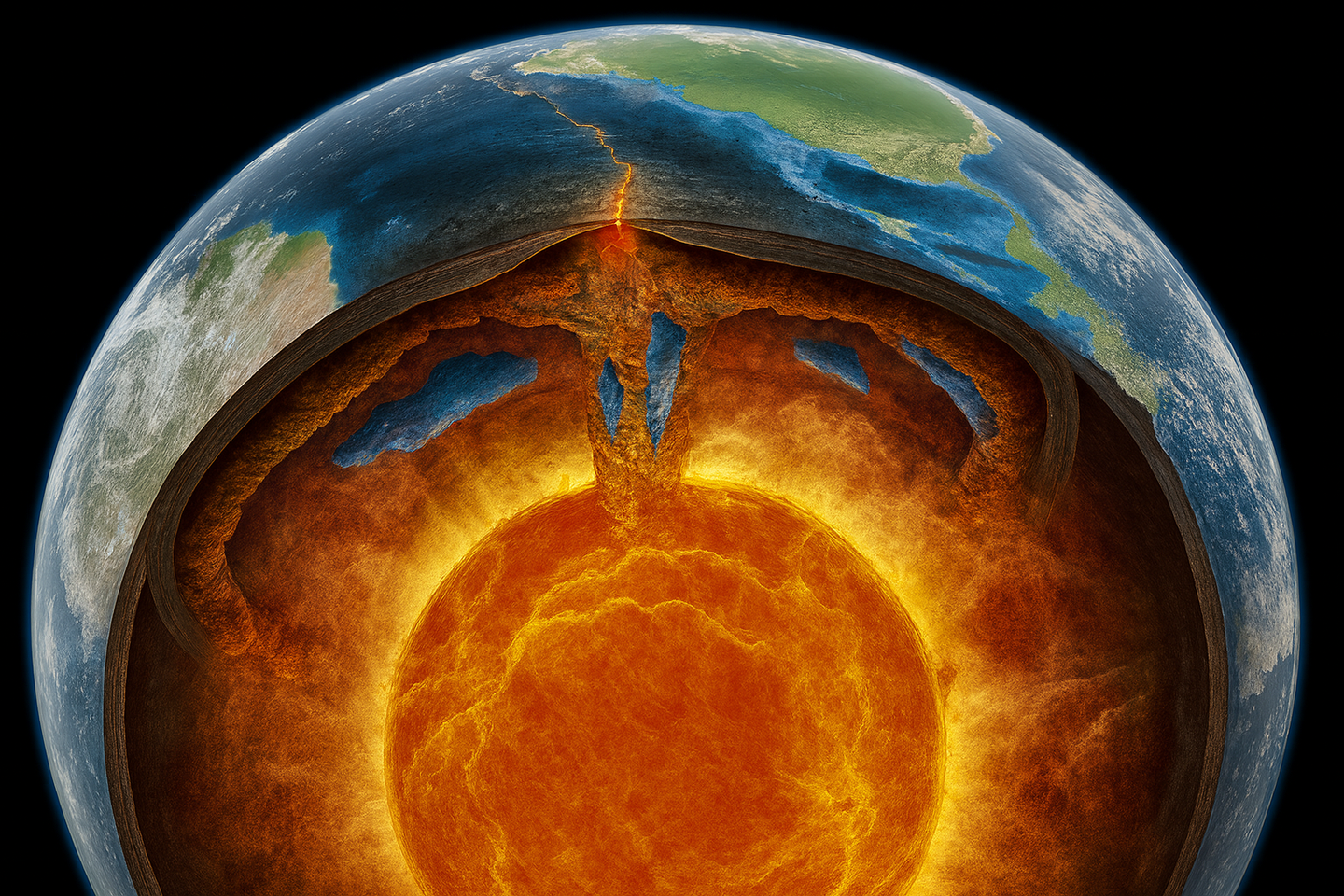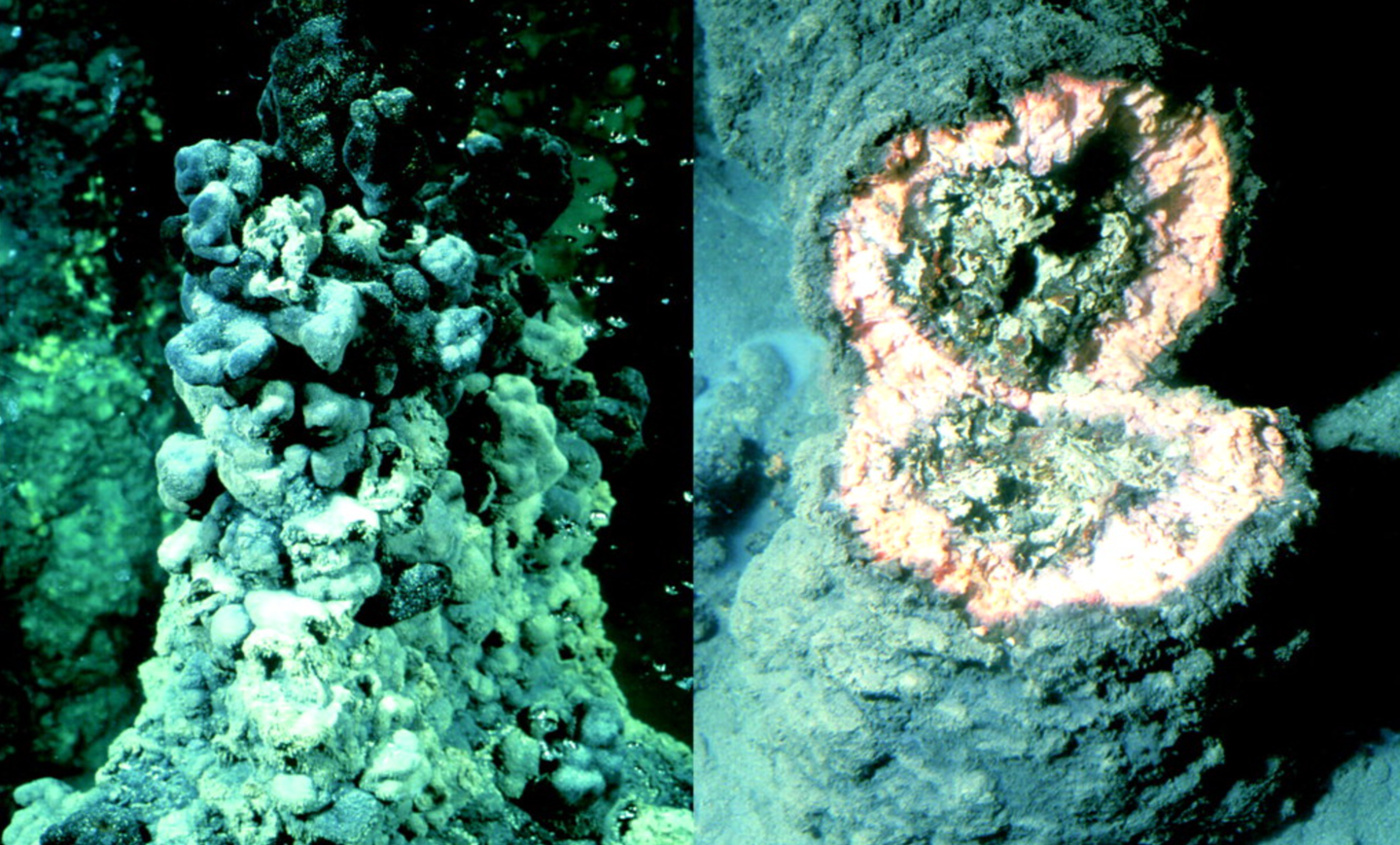After thousands of years, researchers think they’ve finally found Noah’s Ark
According to the Book of Genesis, Noah’s Ark is said to have come to rest in this region following a great flood around 5,000 years ago.

New geological evidence in Turkey strengthens the case that a mysterious formation near Mount Ararat may be the remains of Noah’s Ark. (Composite image) (CREDIT: Shutterstock)
Beneath the hills of eastern Turkey, researchers have uncovered signs that may point to one of history’s greatest legends: Noah’s Ark. A team of scientists analyzing a remote site in the Doğubayazıt district near the Iranian border believes they may have found evidence of human activity dating back between 5500 and 3000 BC.
The Durupinar formation, a 538-foot-long geological feature shaped like a boat and made of iron-rich limonite, has long raised questions. First spotted by a Kurdish shepherd in 1948 and later rediscovered by Turkish Army Captain Ilhan Durupinar during a NATO mission in 1951, the site has been a subject of speculation for decades. Now, researchers from Istanbul Technical University, Agri Ibrahim Cecen University, and Andrews University in Michigan are giving the site a fresh scientific look.
After collecting nearly 30 soil and rock samples, the team found traces of marine materials, clay, and even seafood remnants buried deep within the area. These findings suggest that the site may once have been underwater—a potential clue supporting the story of a massive flood.
Dating the Past with New Tools
Back in Istanbul, scientists dated the material and found it to be 3,500 to 5,000 years old, aligning with the biblical timeline of the flood described in Genesis. This period matches the Chalcolithic era, when early humans began using metal tools and building more permanent structures.
Professor Faruk Kaya, Vice Rector at Agri Ibrahim Cecen University, emphasized the weight of this discovery: “According to the initial results, it's believed there were human activities in this region since the Chalcolithic period.” That timeframe bridges the gap between the Stone Age and the Bronze Age, making it plausible that a civilization capable of building a large vessel lived here.
The formation’s dimensions also closely match the biblical Ark, described in Genesis as 300 cubits long, 50 cubits wide, and 30 cubits high. This has fueled belief that Durupinar could be the remnants of the ancient ship.
Related Stories
- Historic 2,600-year-old Turkish artifact finally decoded: 'The Mother' goddess revealed
- 1,500 year-old ivory box connected to Moses and the Ten Commandments
- Archeologists reveal ancient secrets of major biblical events
Only 18 miles south lies Mount Ararat, traditionally believed to be the Ark’s resting place. But the actual Bible text says it landed on the “mountains of Ararat,” a broader term than the modern volcano known by that name. The original Hebrew refers to “rrt,” likely meaning “Urartu,” an ancient kingdom with borders that may have excluded today’s Mount Ararat.
A Story Older Than a Mountain
The Ark’s possible landing site has shifted across history and faith traditions. While modern belief often points to Ararat, many older texts—including Jewish, Christian, and Muslim sources—place it on Mount Cudi near the Iraqi border.
Mount Cudi was referenced in historical records more than a thousand years ago and long accepted as the Ark’s final stop. Muslim texts refer to a mountain called “Al-Judi,” which many believe points to Cudi. Yet several peaks have carried that name over the years, even one near Ararat renamed “Mount Judi” for tourism.
American explorer Bob Cornuke offered another theory. He proposed Mount Suleiman in Iran as the landing place, arguing that the Ark would have ended up east of Babylon, where Noah’s descendants settled. But Suleiman lies well outside the ancient Urartu region, weakening that claim.
Scattered Claims, Elusive Proof
Sightings of an Ark-like shape on Mount Ararat have appeared since the 1800s. Some reported wood beams or a boat embedded in the ice, but none of these sightings have held up under scrutiny. Often, what seemed like wooden planks turned out to be rock or snow formations.
Adding to the mystery, Mount Ararat itself is a relatively young volcano. Its rock layers formed after the flood period described in Genesis, meaning it likely didn't exist when the Ark would have landed. The last major eruption occurred in 1840, reshaping parts of the mountain and possibly covering any remnants beneath lava and ash.
Political factors also complicate access. Harsh weather, military zones, and international disputes have blocked many modern expeditions. Even with satellite imaging and remote sensing, clear evidence has remained out of reach.
Why Mount Cudi Deserves a Closer Look
Older traditions surrounding Mount Cudi remain strong. Historical writings describe locals from all faiths who believed the Ark rested on its slopes. In 1910, British archaeologist Gertrude Bell visited the mountain and described a large boat-shaped rock formation. Villagers led her to what they said were Ark remains.
German geologist Friedrich Bender later explored the area and found decayed wood and a black tar-like substance—possibly pitch used for waterproofing. Carbon dating suggested the samples were about 6,500 years old. However, the results have been questioned, partly because carbon-14 levels may have changed after the Flood, making dating difficult.
Professor Kaya recently spoke at the 7th International Symposium on Mount Ararat and Noah’s Ark. He pointed out that “an essential outcome of the symposium is the decision to conduct more research in Cudi and Ararat,” calling the region “Mesopotamian,” where both the Bible and Quran suggest the Ark came to rest.
What Might Still Remain?
Even if the Ark once existed, centuries of decay, scavenging, and geological change may have erased much of it. Harsh winters, volcanic activity, and weathering would likely damage wooden remains. Some believe pieces of the Ark were taken by locals, used as relics or firewood.
Carbon dating faces other problems too. Trees used to build the Ark would have absorbed atmospheric carbon before the Flood. After the floodwaters receded, those levels changed, making current testing methods unreliable. Exposure to modern air, plant life, and microorganisms could have altered the samples.
Despite setbacks, researchers haven’t given up. Satellite imaging continues to scan likely locations. Ground-penetrating radar and chemical tests are helping explore without disturbing sacred ground. The rise of remote-sensing technology has brought new hope, although no definitive proof has yet surfaced.
A Global Obsession Endures
For many, the Ark symbolizes faith, hope, and survival. That’s why the mystery continues to capture imaginations. Replicas have been built in Kentucky and the Netherlands, drawing crowds eager to experience the story in full scale.
Books and documentaries regularly revisit the subject, mixing science with tradition and folklore. Each new theory sparks fresh debate, but none has ended the centuries-old search.
Even as doubts linger, the possibility that a great flood once reshaped early civilizations gains ground. Archaeological and geological records show ancient flood layers across the Middle East, possibly tying into legends from different cultures. Stories of floods and rescue appear in Sumerian, Babylonian, and Greek myths.
Whether or not Noah’s Ark is ever found, the search reveals something deeper about humanity. It’s not just about locating a boat. It’s about understanding our origins, our need to survive disaster, and our drive to uncover truth in legends.
Note: Materials provided above by The Brighter Side of News. Content may be edited for style and length.
Like these kind of feel good stories? Get The Brighter Side of News' newsletter.



